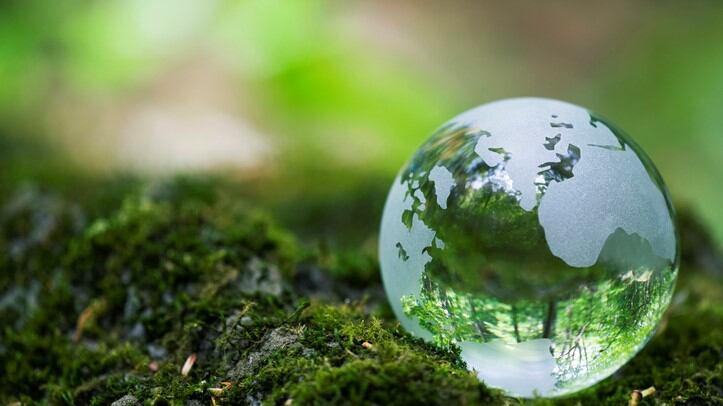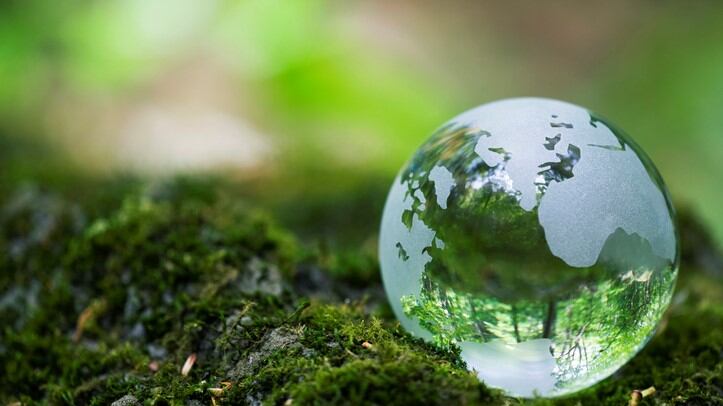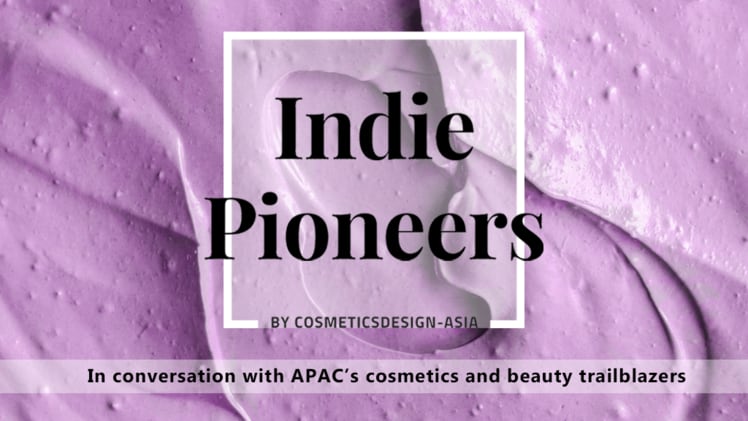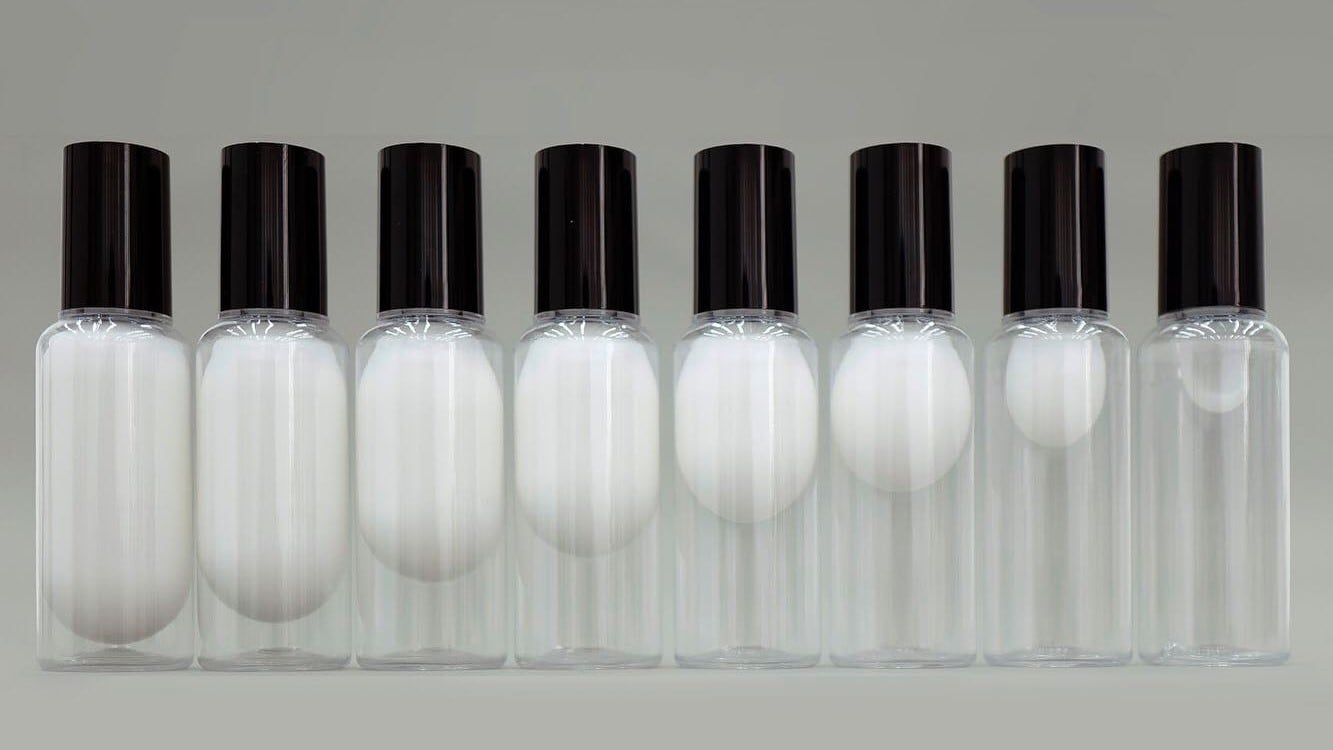That was the view of Chris Sherwin, sustainability innovation and circular design expert of PA Consulting, who spoke at CosmeticsDesign’s Circular Beauty – From Concept to Reality webinar last week (Now available to watch on-demand).
Sherwin recounted that he had “failed” with plenty of sustainable design projects over his last 20 years as a circular design consultant. He elaborated that one mistake was that clients start out attempting to deliver the “same experience in a more sustainable version”.
“What we found was it was either really difficult to do in the supply chain – like refilling bottles for instance – or when people got a refill pouch, they were refilling into cheap plastic bottle that was exactly the same as the bottle that you would buy as a single-use. People rejected that in testing because there was almost no reason to do it and no benefit.”
He continued that companies cannot depend on the “eco tribe” of consumers who will make compromises and change their behaviours and habits for a more sustainable product.
“Mainstream consumers are normally price-, convenience-, functionality- and performance-led. And if we want to get to that 60% of the population, our innovations have to deliver benefits somewhere else.
“If you are going to ask people to do something different, it needs to be benefits-led, there needs to be a really sort of good reason for somebody to sort it to change their behaviour… The big takeaway is not to try and just substitute the existing product performance and product experience for the sustainable alternatives where the performance may be different or worse. We've got to stitch our products up in a different proposition and deliver different benefits.”
‘Almost no degree of freedom to change’
Usually, brands tend to think about circularity at a point when it is “far too late”, said Sherwin.
“Typically, clients come in with their existing pack or product and say I’ve made all the important decisions – how can I add circular economy to this? But I think principle one is start building this in really early on.”
This he added, is much easier for new brands and start-ups and much more challenging for established brands and products in the market.
Another mistake he has observed is that companies tend to view circularity through a narrow lens.
“People need to understand that eco-design and circular beauty have a much wider set of issues and could be beyond packaging. Typically, the questions are quite dominated by materials. What I would encourage and advocate is that people think about eco-design, circular beauty, as an end to end holistic process. Do it early and think about all stages in the product life and think about all of the sustainability and circular issues that you that you need to tackle.”
Sherwin suggested that the industry may be too “fixated with pushing a sustainability message first”.
“I think if we backtracked a little bit and go with the grain and start from where the consumers are, which is often not that interested in sustainability or circularity and just interested in benefits that they are likely to get from this. Actually, a lot of the future of circular beauty or sustainable products will come from stealth.”
The gaps that remain in circular beauty
For sure, beauty still has a long way to go to achieve circularity. “There’s a big focus on zero waste and packaging at the moment, probably quite rightfully so – and I hope we don't lose that because there's still so much work to do,” said Sherwin.
In addition, the beauty industry still has work to do in regard to sourcing and supply chain around ingredients, he said.
“I don't think we've cracked that. And I think the reason that the work isn’t done yet is because most of the mentality for that was around a harm reduction and impact reduction mindset. And if one of the important concepts to come forward in circular beauty is around regeneration, regenerating natural systems, that's got to be a fundamental principle around the circular economy for beauty.”





